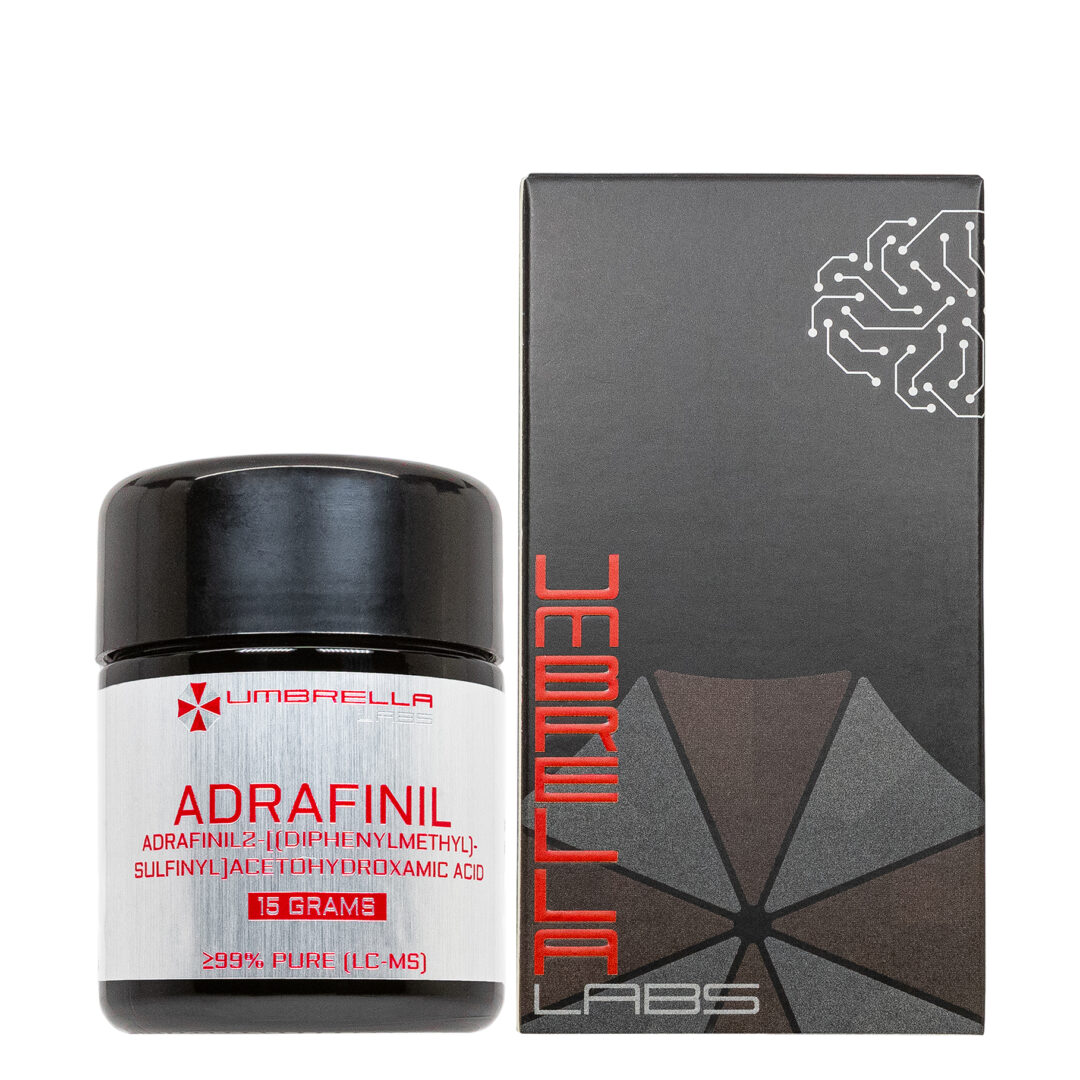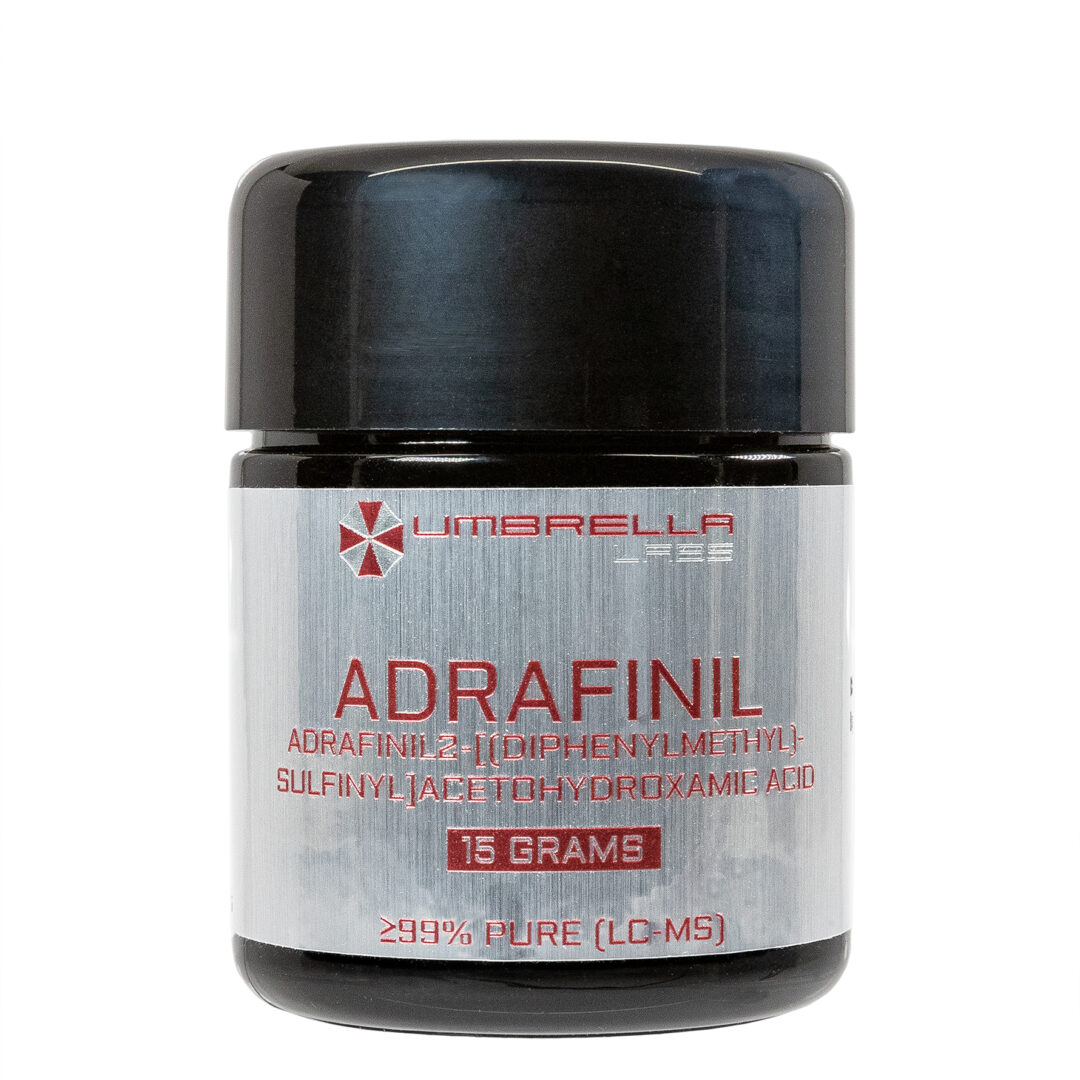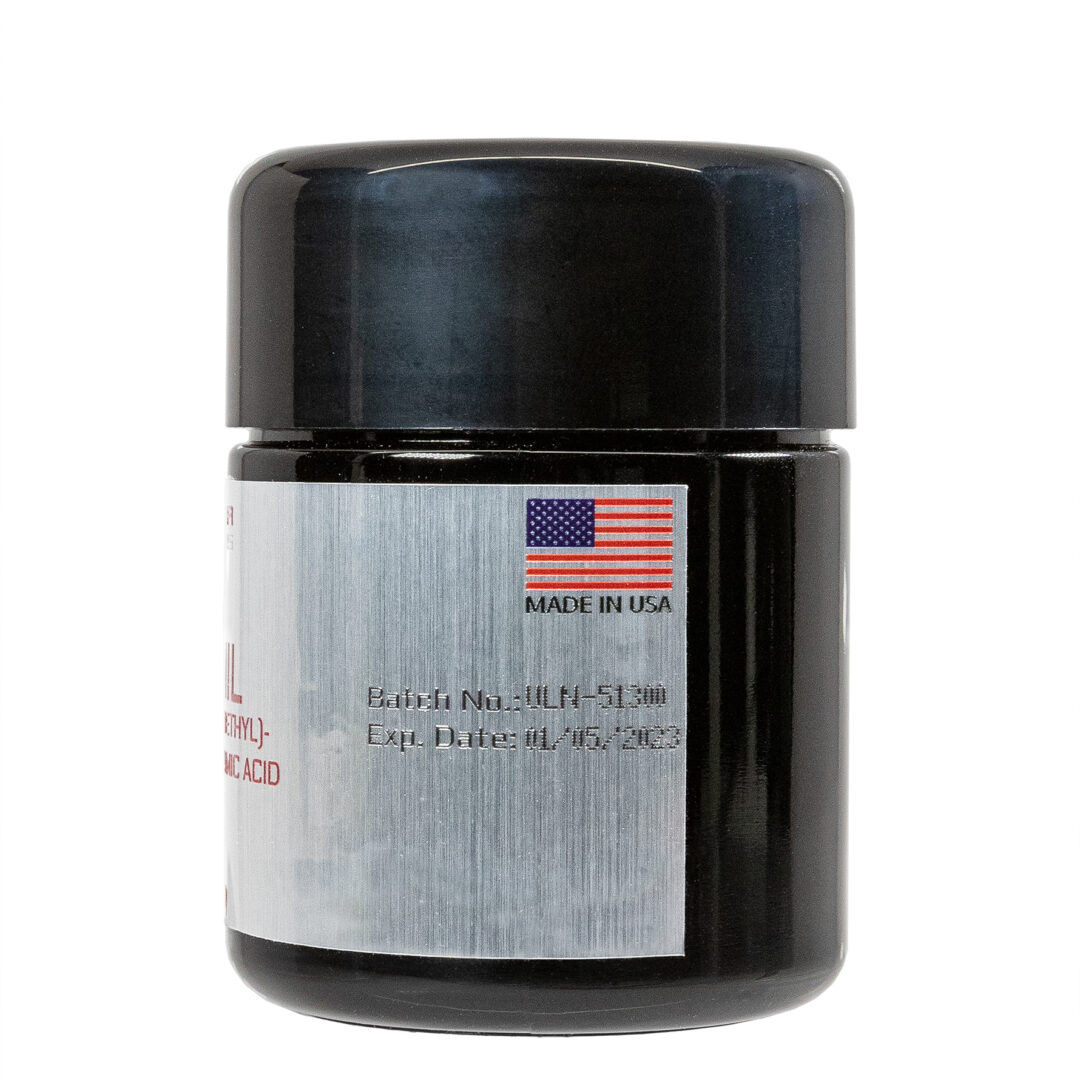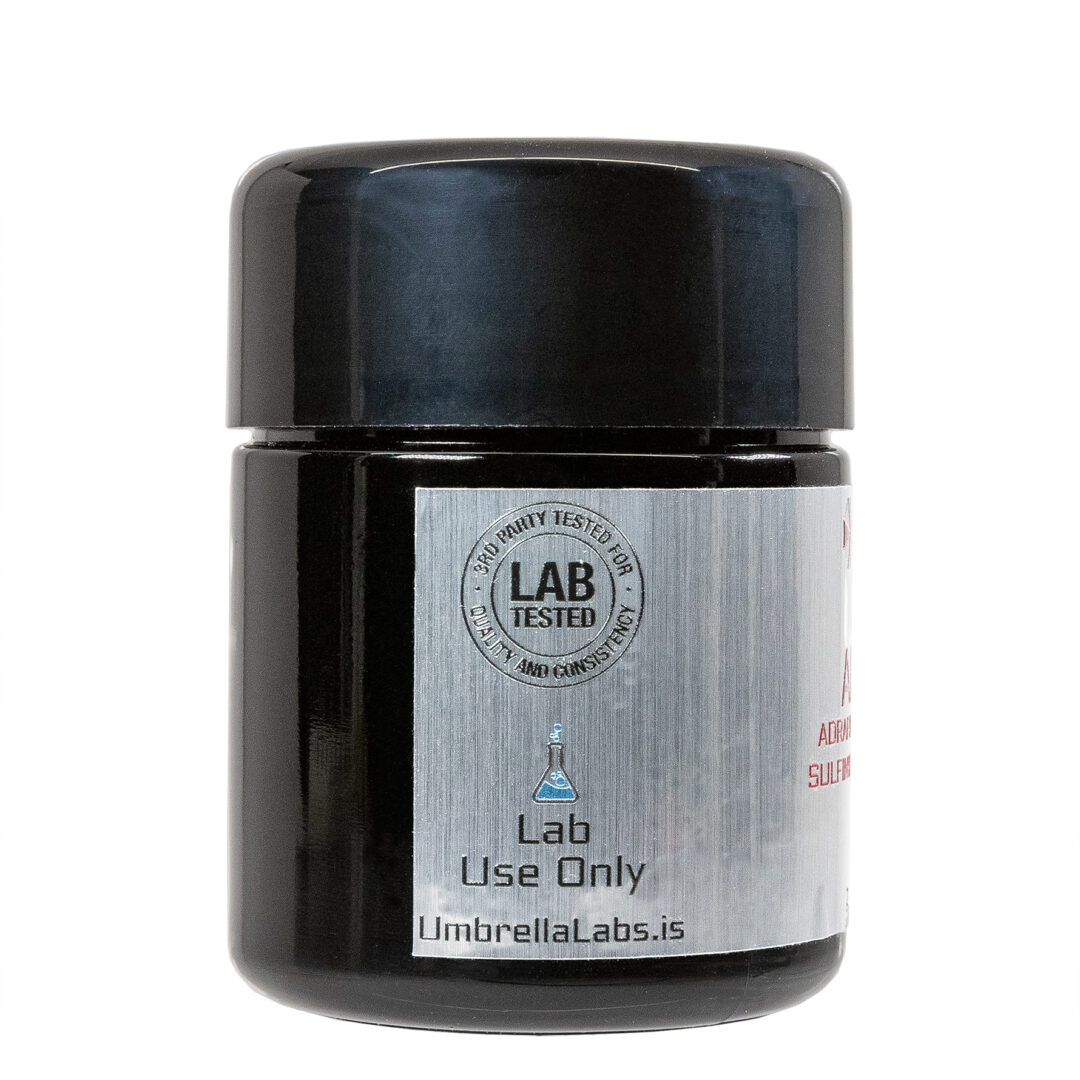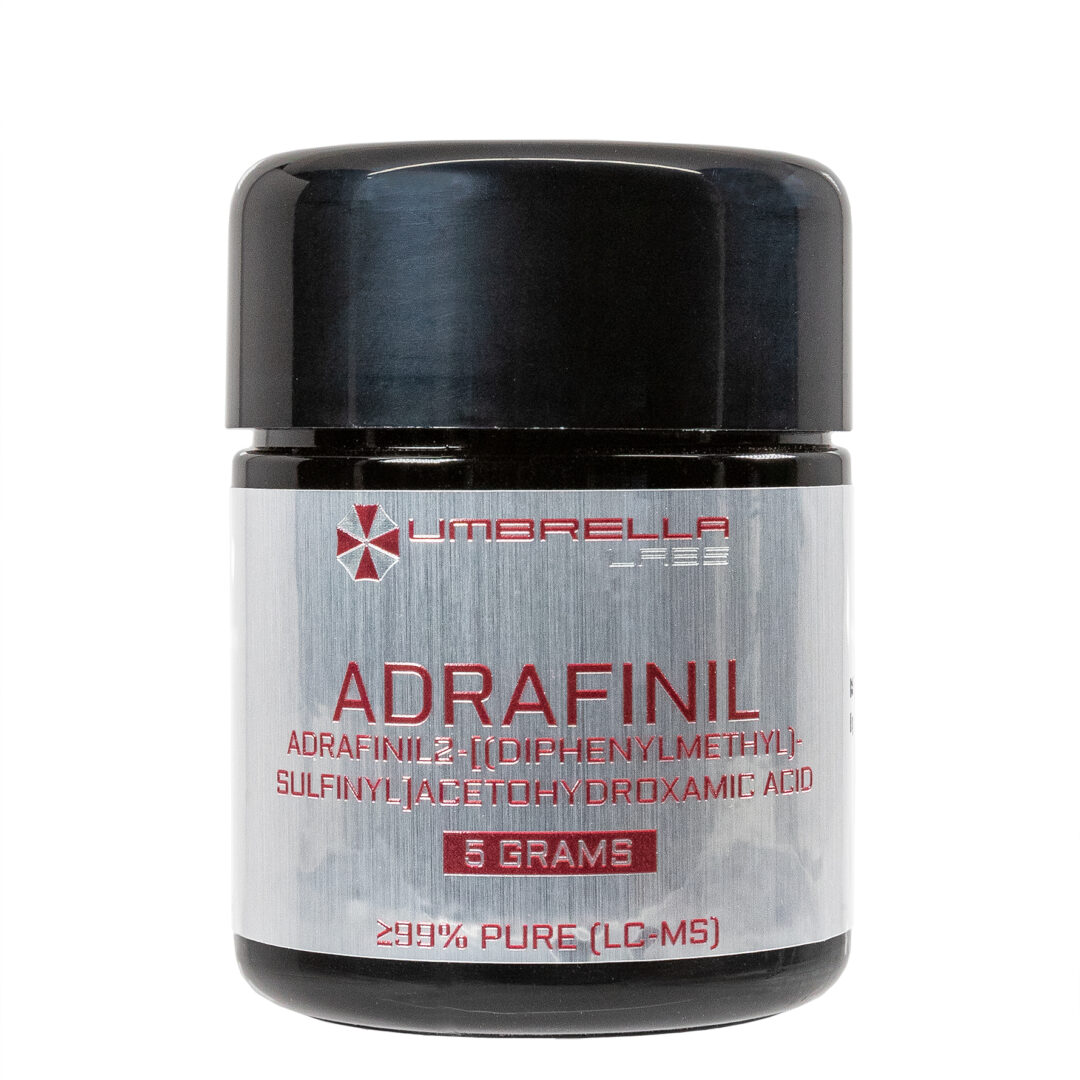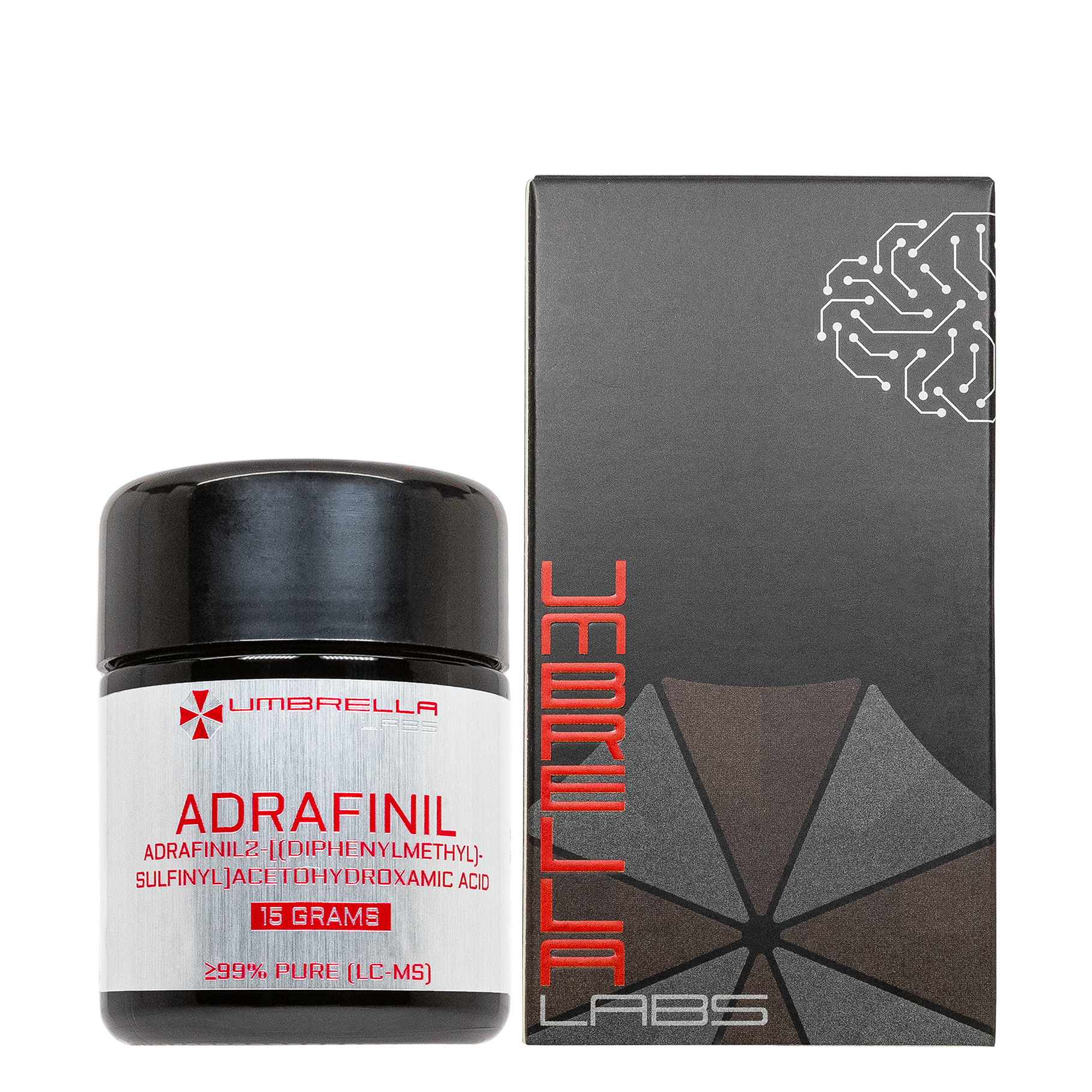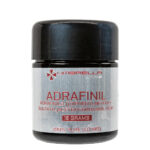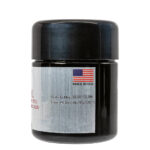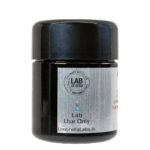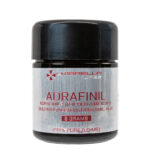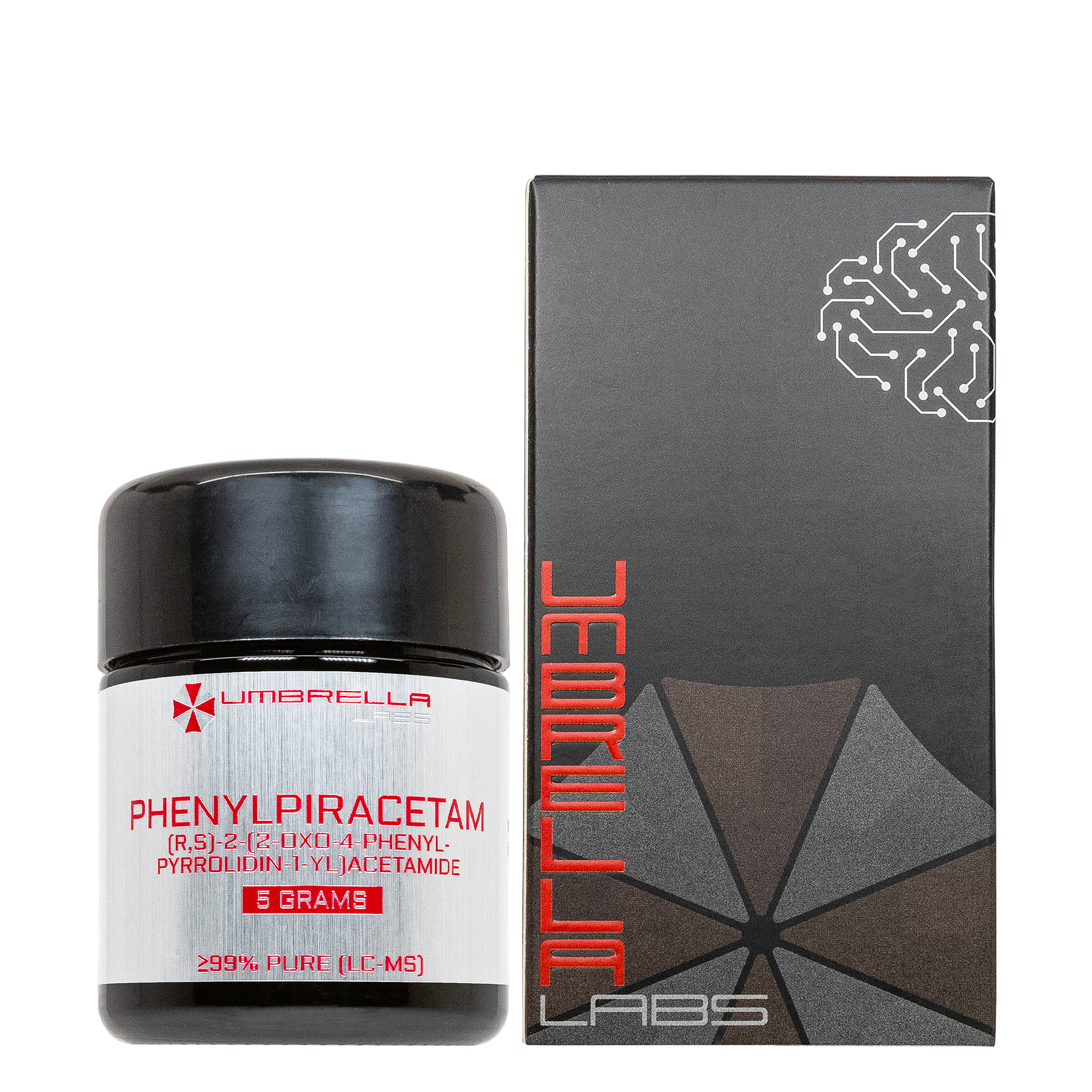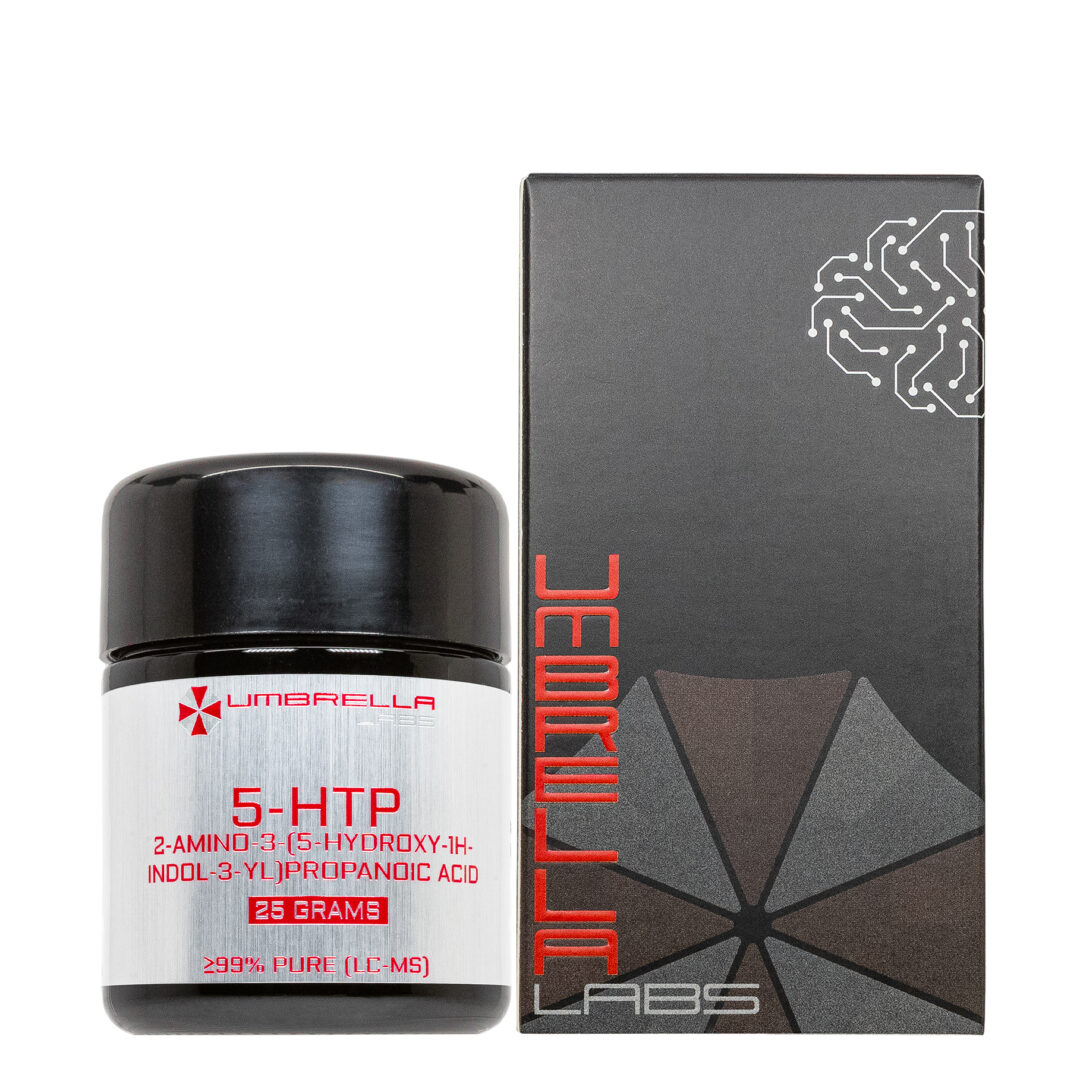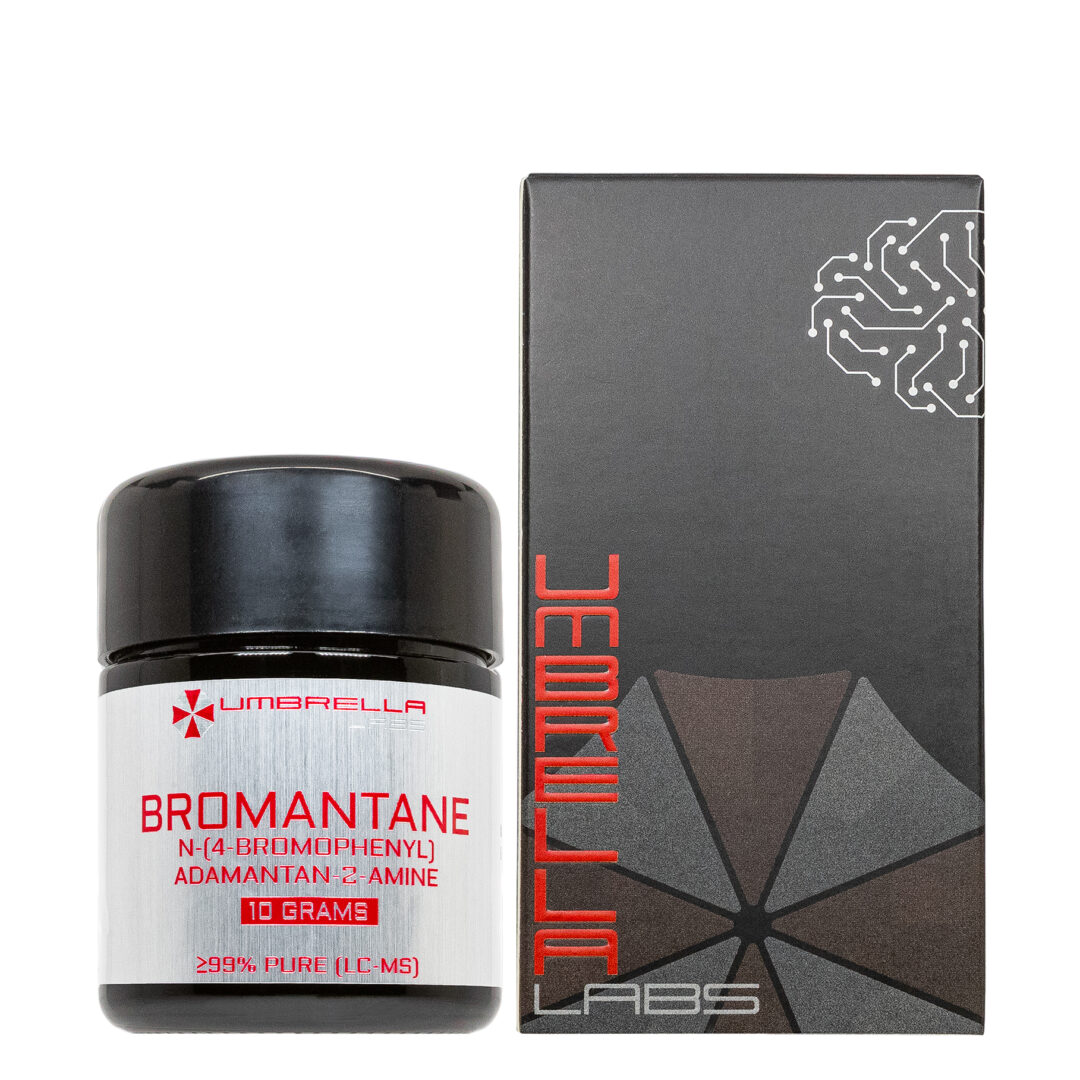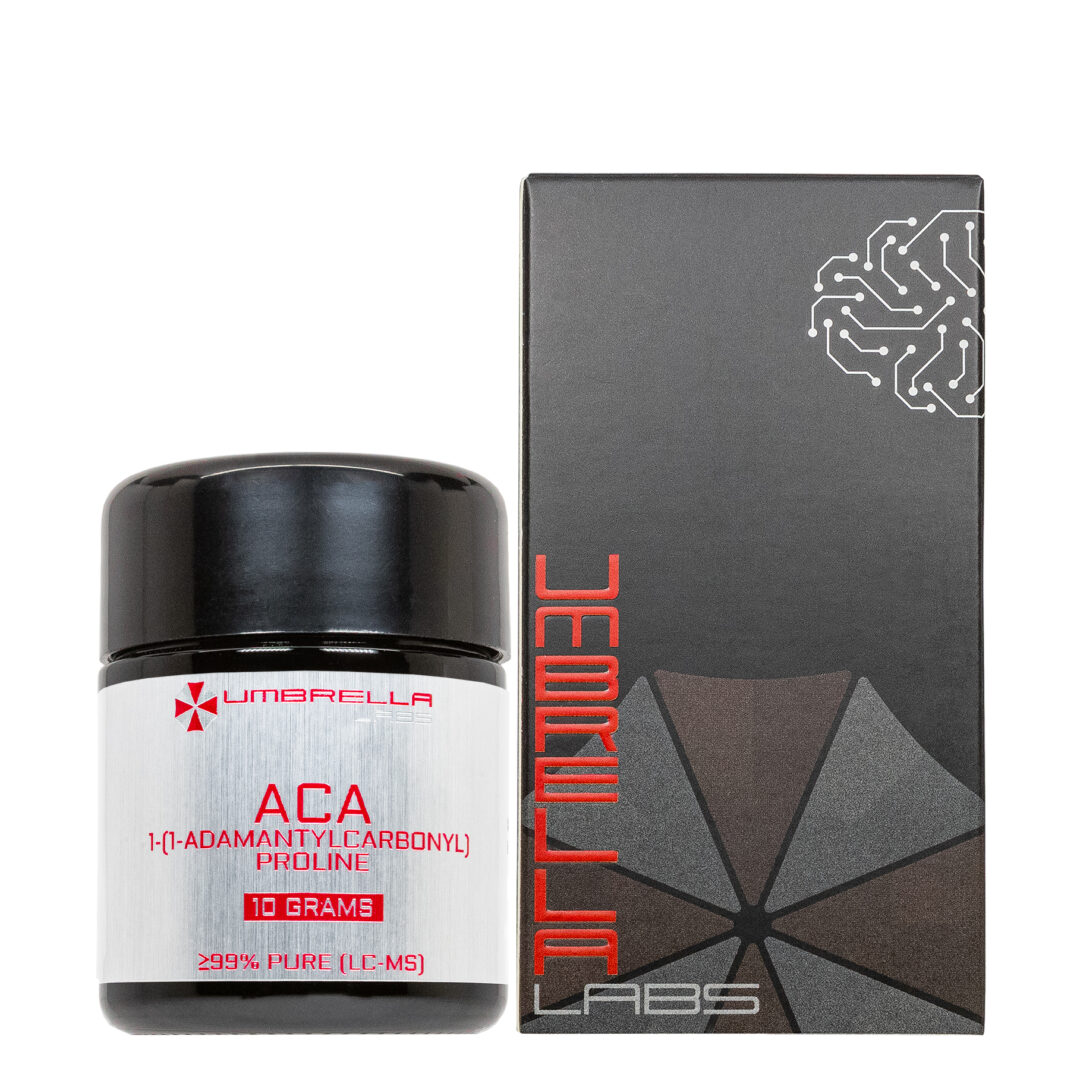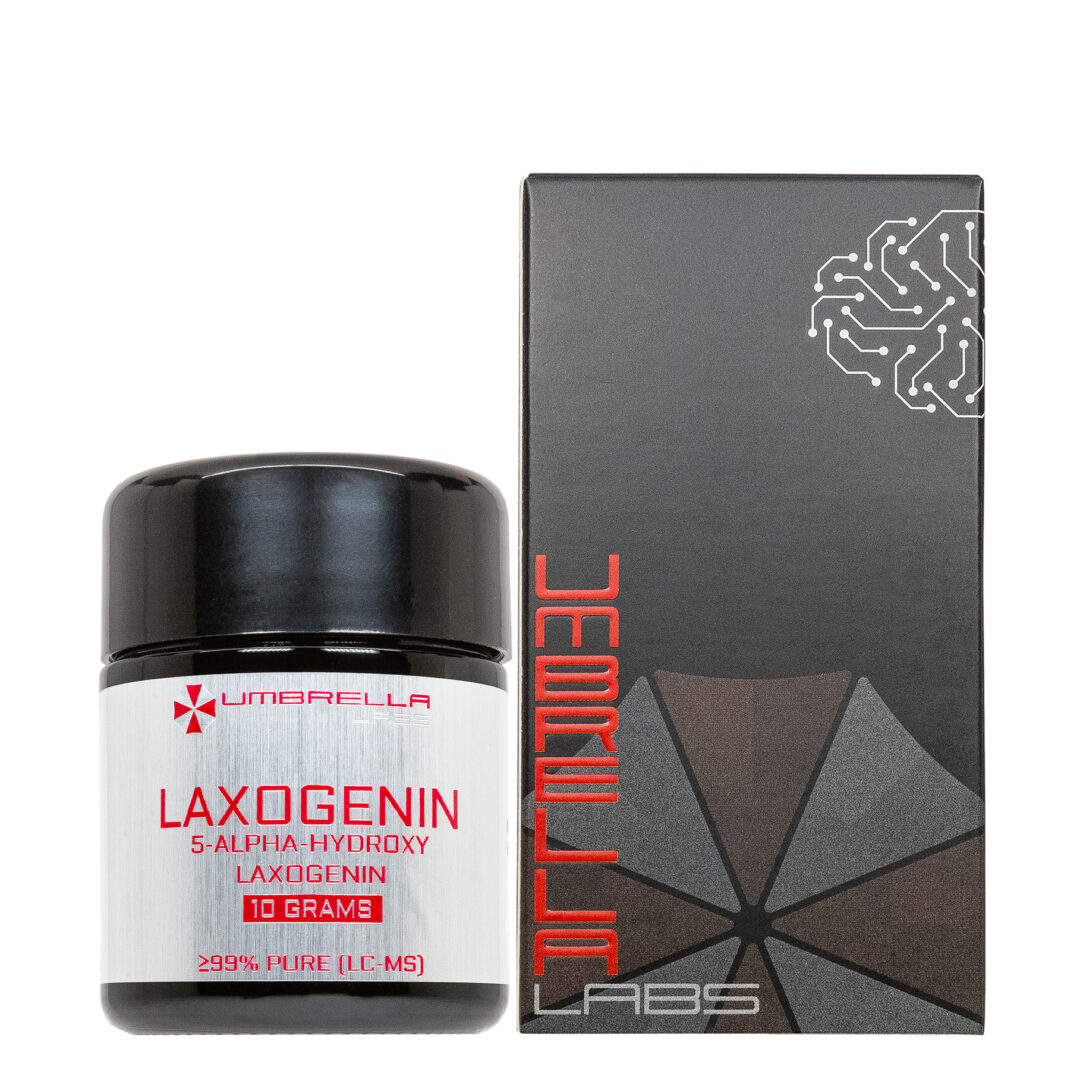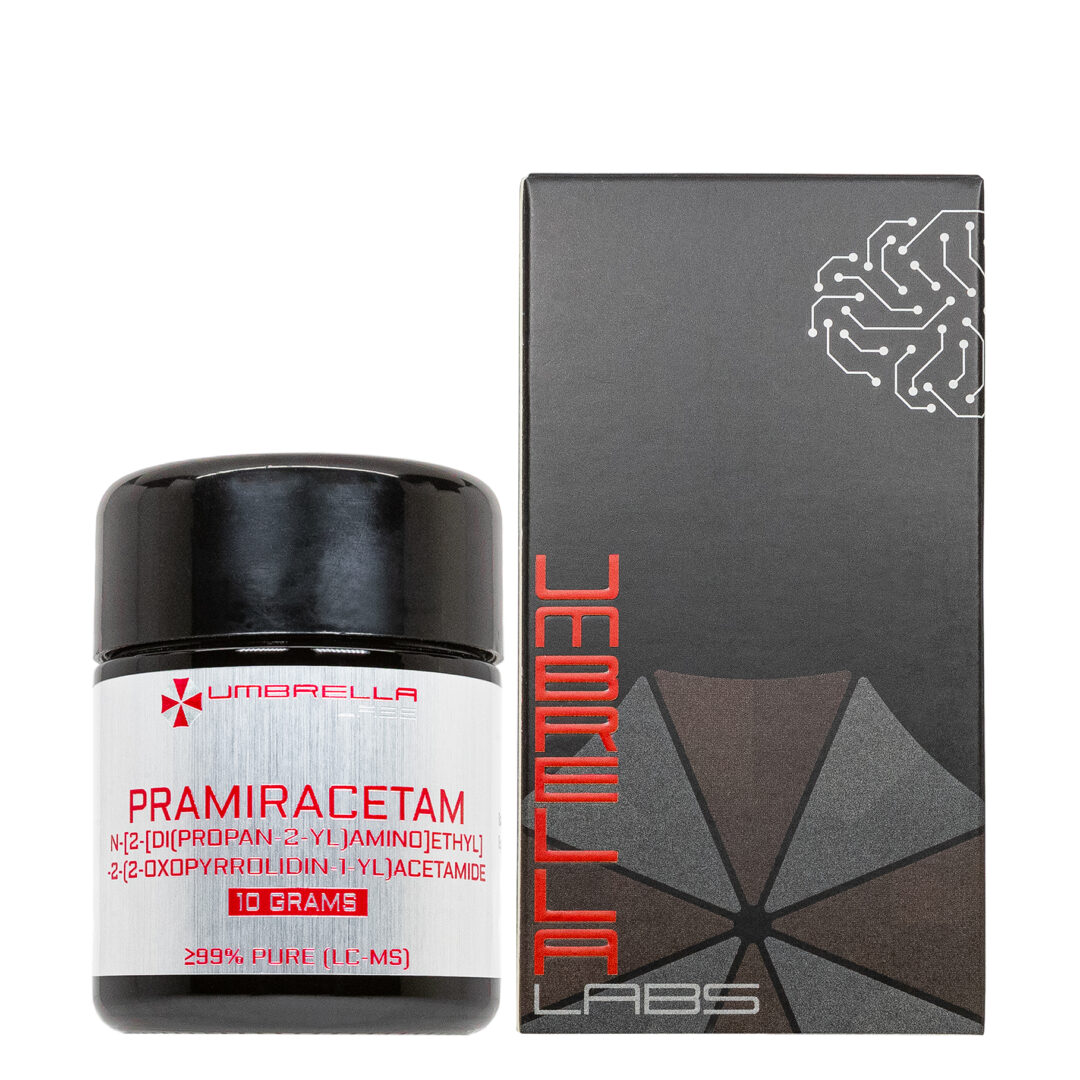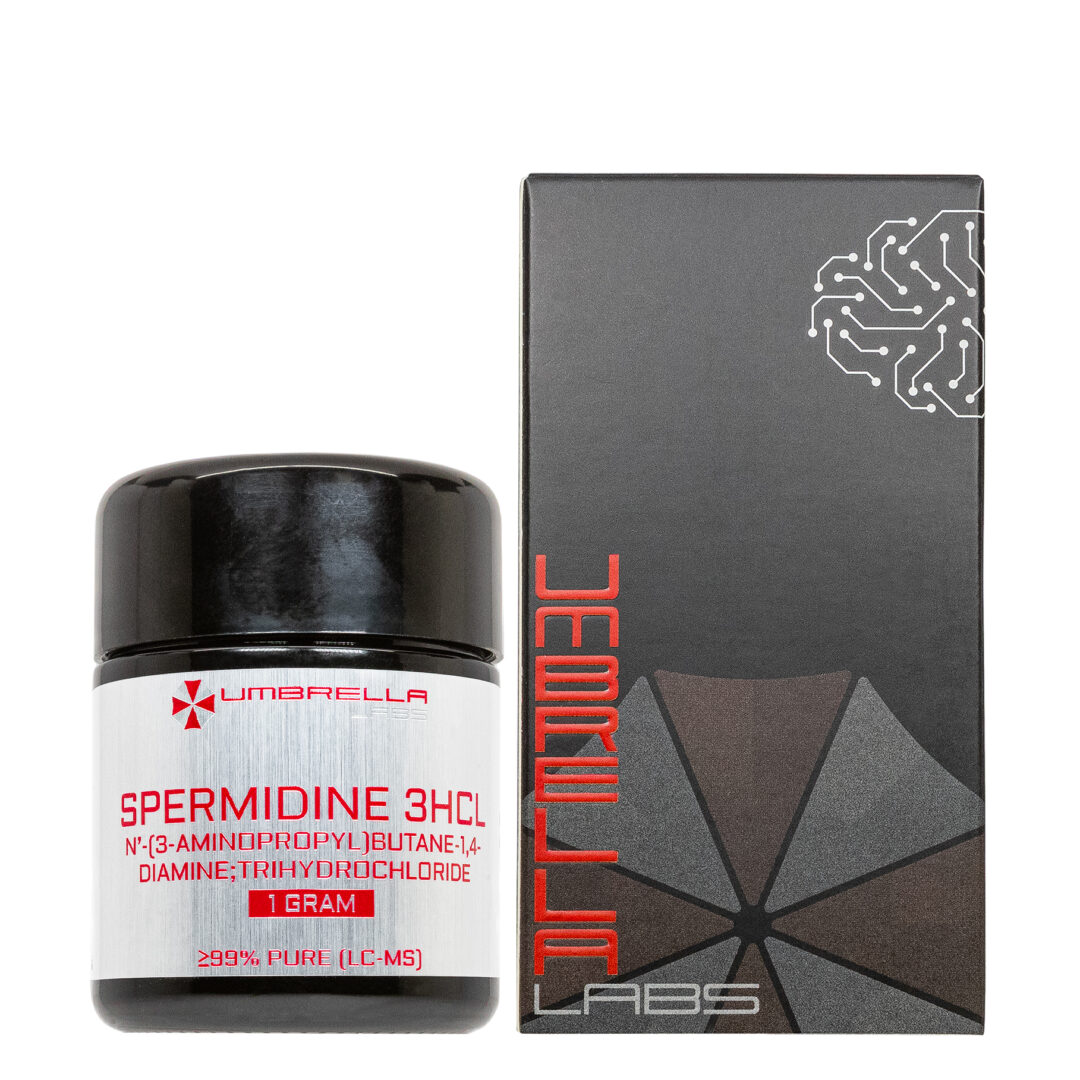ADRAFINIL POWDER
$59.99 – $149.99
Adrafinil is sold for laboratory research use only. Terms of sale apply. Not for human consumption, nor medical, veterinary, or household uses. Please familiarize yourself with our Terms & Conditions prior to ordering.

Also Available In:
- Description
- Additional information
Description
Adrafinil Powder
![]()
![]()
![]()
![]()
![]()
![]()
![]()
![]()

| CAS Number | 63547-13-7 |
| Other Names | Olmifon, Adrafinil [INN], CRL 40028, Adrafinyl, Adrafinilum, Adrafinil, (S)-, EINECS 264-303-1, CRL-40028, BRN 1990030, UNII-BI81Z4542G, DTXSID4046498 |
| IUPAC Name | 2-benzhydrylsulfinyl-N-hydroxyacetamide |
| Molecular Formula | C₁₅H₁₅NO₃S |
| Molecular Weight | 289.4 |
| Purity | ≥99% Pure (LC-MS) |
| Liquid Availability | |
| Powder Availability | |
| Gel Availability | N/A |
| Storage | Store in cool dry environment, away from direct sunlight. |
| Terms | All products are for laboratory developmental research USE ONLY. Products are not for human consumption. |
What is Adrafinil?
Adrafinil is a synthetic psychostimulatory drug for the central nervous system that is commonly categorized as a nootropic. Initially, adrafinil was used in order to treat narcolepsy and lack of attention in geriatric patients. Uses of the compound have branched out considerably and are now frequently used to combat depression and fatigue disorders, such as narcolepsy, as well as improve focus, mental and physical health, and various cognitive functions.

Main Research Findings
1. Researchers reported that aged dogs experienced an increase in spontaneous behavior and locomotor activity after being administered adrafinil in doses ranging from 20-40 mg/kg.
2. By using a control variable and counterbalancing techniques, researchers Milgram et. Al were able to confidently conclude that treatment with adrafinil led to a significant improvement in discrimination learning.
Selected Data
1. Many popular studies regarding the effects of adrafinil were focused on how the nootropic compound affected behavior in aged dogs. Over a 14 day trial period, 16 male and 16 female Beagles, ranging from 9-16 years of age, were given varying doses of 10, 20, 30, or 40 mg/kg of adrafinil. The changes in spontaneous behavior in the dogs was measured by performing a 10 minute open-field test every 4 days. Open field activity occurred in an empty room, measuring 274.32 x 252.73 cm. In order to simplify the observation of behavior patterns the room was split into 25 squares marked with black electrical tape.
The dogs were split into groups based on weight and baseline locomotor activity; it was determined which subjects would receive active doses of adrafinil or of a placebo. The test took place over the course of 10 minutes while two members of the research team observed the dogs’ locomotor activity, sniffing, urination frequency, grooming, and jumping. The dogs were assessed on the open-field test on days 1, 5, 9, and 13. On days 1 and 9 the test was given 2 hours after the administration of the treatment. On days 5 and 13 the test was given 10 hours after administration of the treatment [1].
2. A similar study conducted by Milgram et. Al, focused on how adrafinil affects discrimination learning, specifically in aged beagles. There were 8 dogs being tested, 5 female and 3 male, ages ranging from 7.5-10 years old. The testing apparatus consisted of a wooden box with a Plexiglass tray. The front of the box had stainless steel bars that could be moved for the animals to access food. Pretraining to complete this task was conducted in four phases before moving on to training on standard object discrimination tasks.
Once training was done, the canines being tested were administered 20 mg/kg per day of either a placebo or active adrafinil. After 2 hours the dogs were given an intensity or size discrimination task and were expected to meet a predetermined performance level in order to decide if a subject passed or failed the test. The researchers went a step further to ensure variable isolation by counterbalancing the treatment study. Half of the beagles were administered the adrafinil or placebo treatment first and the other half were given the intensity discrimination test first [2].
Discussion
1. The results of the treatment reported a notable increase in locomotor activity. These behavioral changes were observed in the subjects taking the 20, 30, and 40 mg/kg doses with no increased rates of stereotypical behavior reported. Increased locomotor activity was seen during each test that was conducted; the results were not dependent on whether the test was conducted 2 hours or 10 hours after treatment administration.
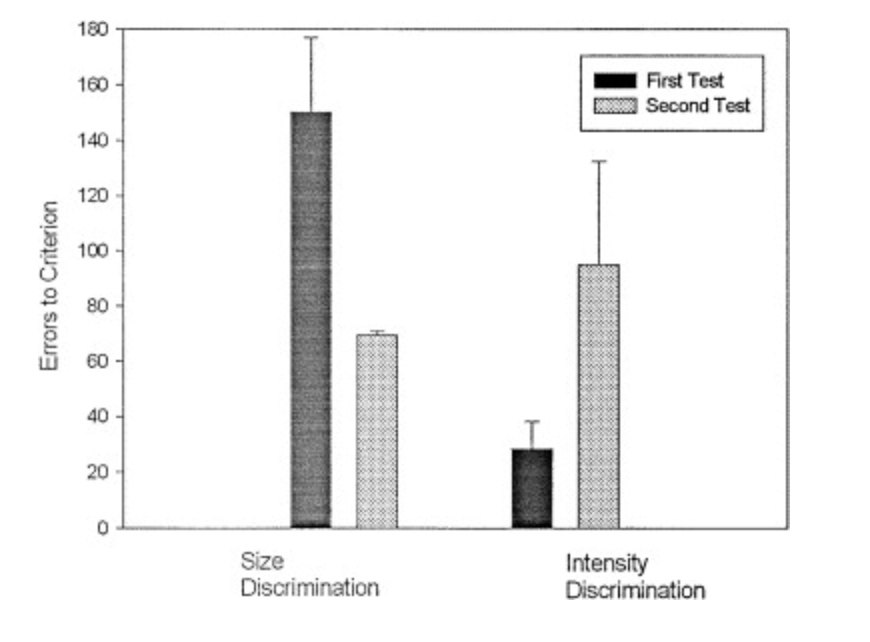
Figure 1: Computer generated maps tracking the movement of the dogs throughout the open-field test before and after treatment.
While the primary goal of this study was to examine the effects adrafinil has on locomotor activity. The researchers reported significant changes in sniffing and urination frequency. Sniffing of the dogs increased, however, the effect was not as dramatic as the effect on locomotor activity. Additionally, this result was typically only observed after the 2 hour open-field test. Treatment with adrafinil also led to a decrease in urination frequency in a dose-dependent manner. The repeated experimentation the was conducted revealed that there was a marginally significant reduction in urination frequency when the subjects were given the 40 mg/kg [1].
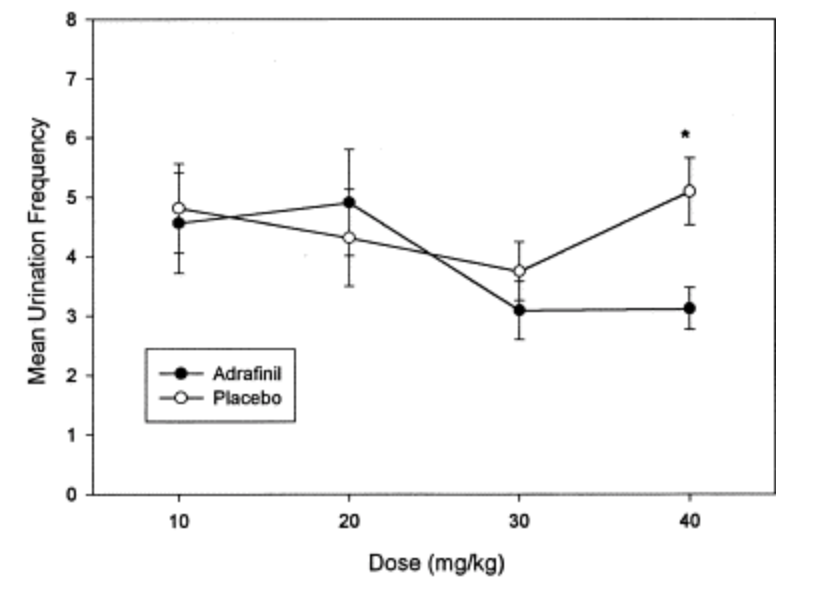
Figure 2: Changes in urination frequency depending on the dose of the treatment given
2. Overall, the outcome of the different size and intensity discrimination tasks shows an uptick in performance levels and a decrease in errors over the course of the treatment period. However, it’s important to note that the efficacy of the treatment was dependent on task and testing order. Adrafinil administration led to a significant improvement in cognitive function when the size discrimination task was completed before the intensity discrimination test.
The team of Milgram et. Al theorized that this could potentially be due to the effectiveness of the pretraining or differences in the difficulty of the tasks. That being said, researchers are looking into further experimentation regarding what causes adrafinil to improve learning abilities. Currently they have hypothesized that adrafinil could potentially affect motivation and energy levels which could lead to higher performance levels and fewer errors. Considering that adrafinil is believed to be an alpha-1 adrenoceptor agonist, other theories mention an enhancement of attentiveness caused by improved noradrenergic transmission throughout the central nervous system [2].

Figure 3: Reduction of errors during discrimination tasks before and after adrafinil treatment.
Conclusion
**LAB USE ONLY**
*This information is for educational purposes only and does not constitute medical advice. THE PRODUCTS DESCRIBED HEREIN ARE FOR RESEARCH USE ONLY. All clinical research must be conducted with oversight from the appropriate Institutional Review Board (IRB). All preclinical research must be conducted with oversight from the appropriate Institutional Animal Care and Use Committee (IACUC) following the guidelines of the Animal Welfare Act (AWA).
Citations
[1] Siwak CT, Gruet P, Woehrlé F, Schneider M, Muggenburg BA, Murphey HL, Callahan H, Milgram NW. Behavioral activating effects of adrafinil in aged canines. Pharmacol Biochem Behav. 2000 Jun;66(2):293-300. doi: 10.1016/s0091-3057(00)00188-x. PMID: 10880681.
[2] Milgram NW, Siwak CT, Gruet P, Atkinson P, Woehrlé F, Callahan H. Oral administration of adrafinil improves discrimination learning in aged beagle dogs. Pharmacol Biochem Behav. 2000 Jun;66(2):301-5. doi: 10.1016/s0091-3057(00)00175-1. PMID: 10880682.
Adrafinil is sold for laboratory research use only. Terms of sale apply. Not for human consumption, nor medical, veterinary, or household uses. Please familiarize yourself with our Terms & Conditions prior to ordering.
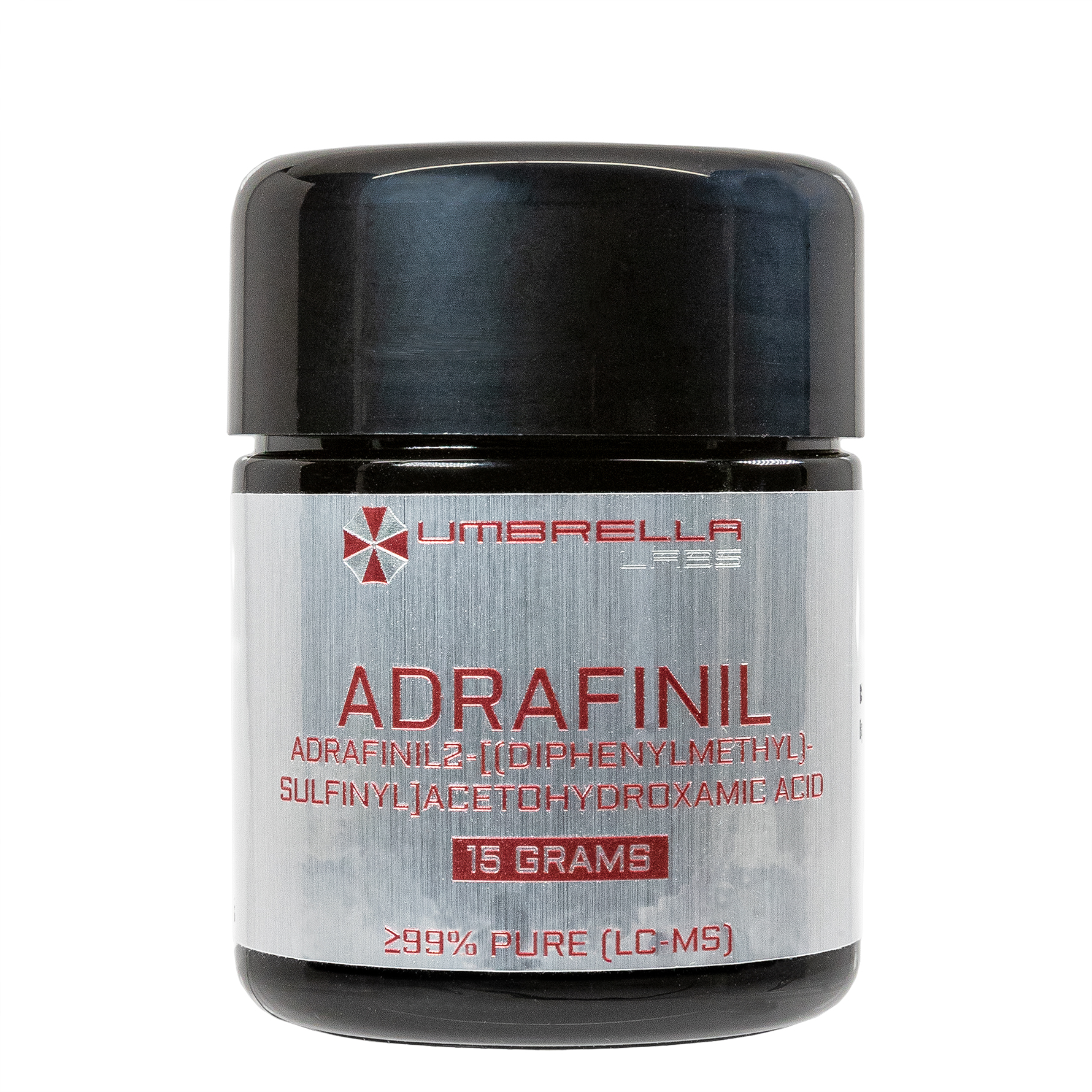
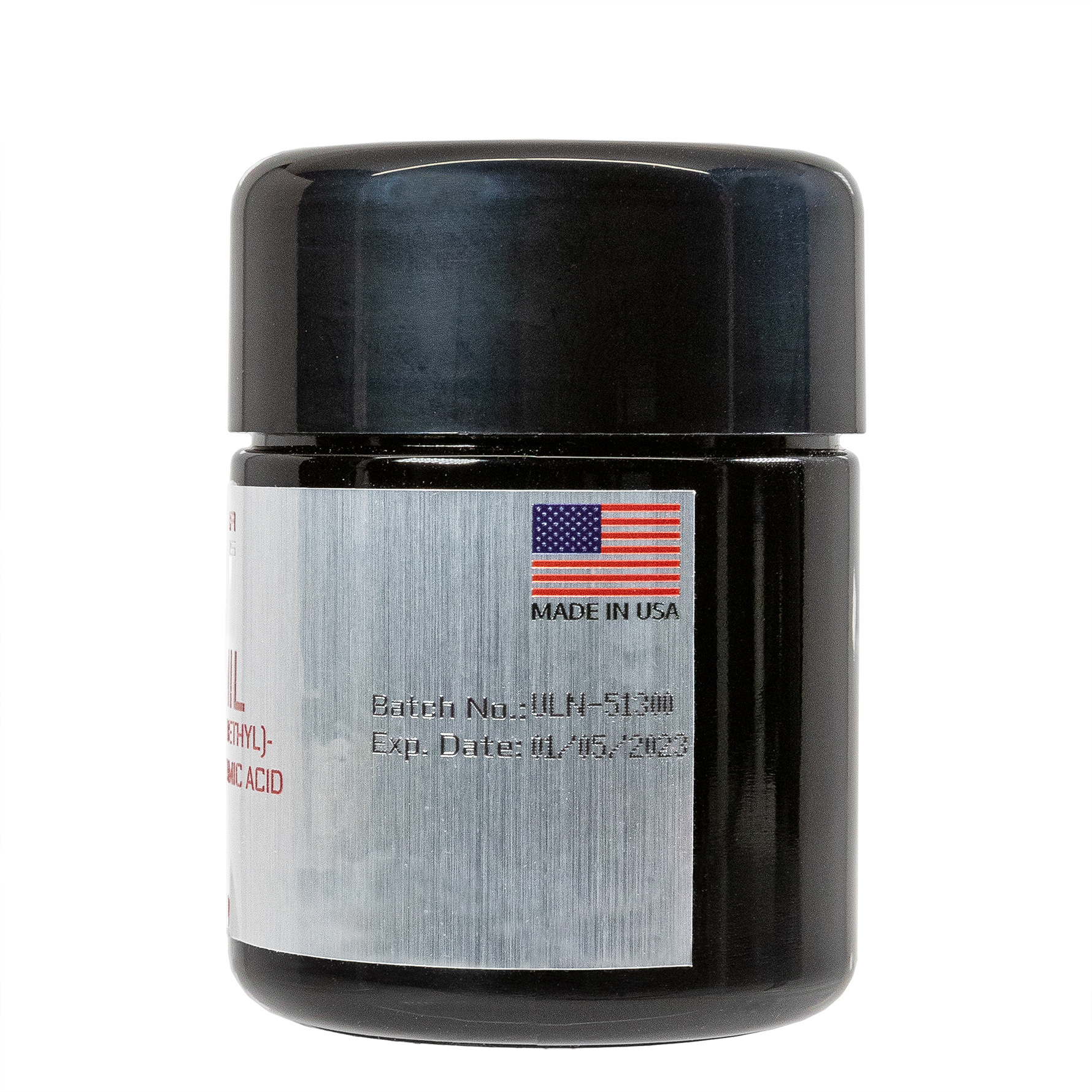
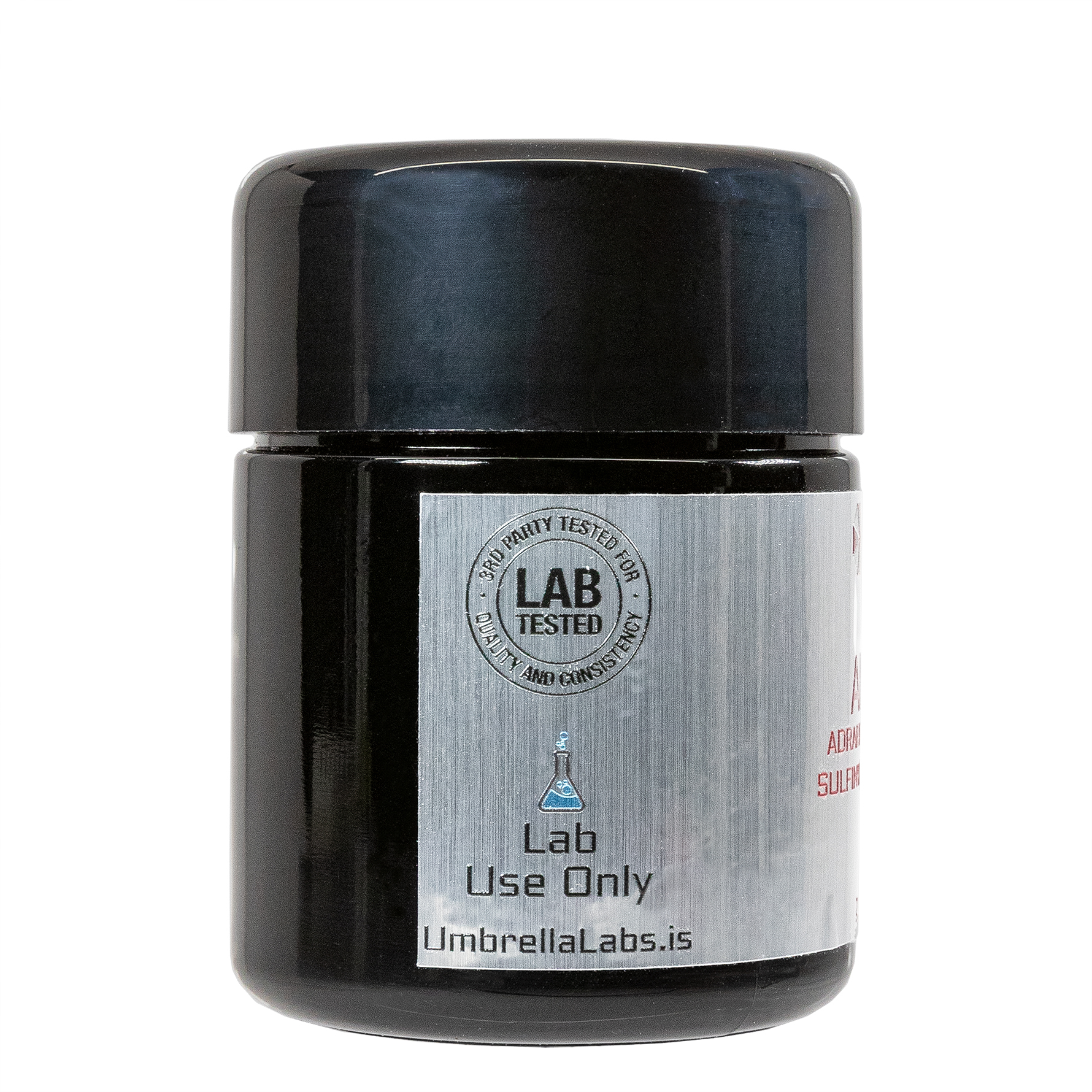
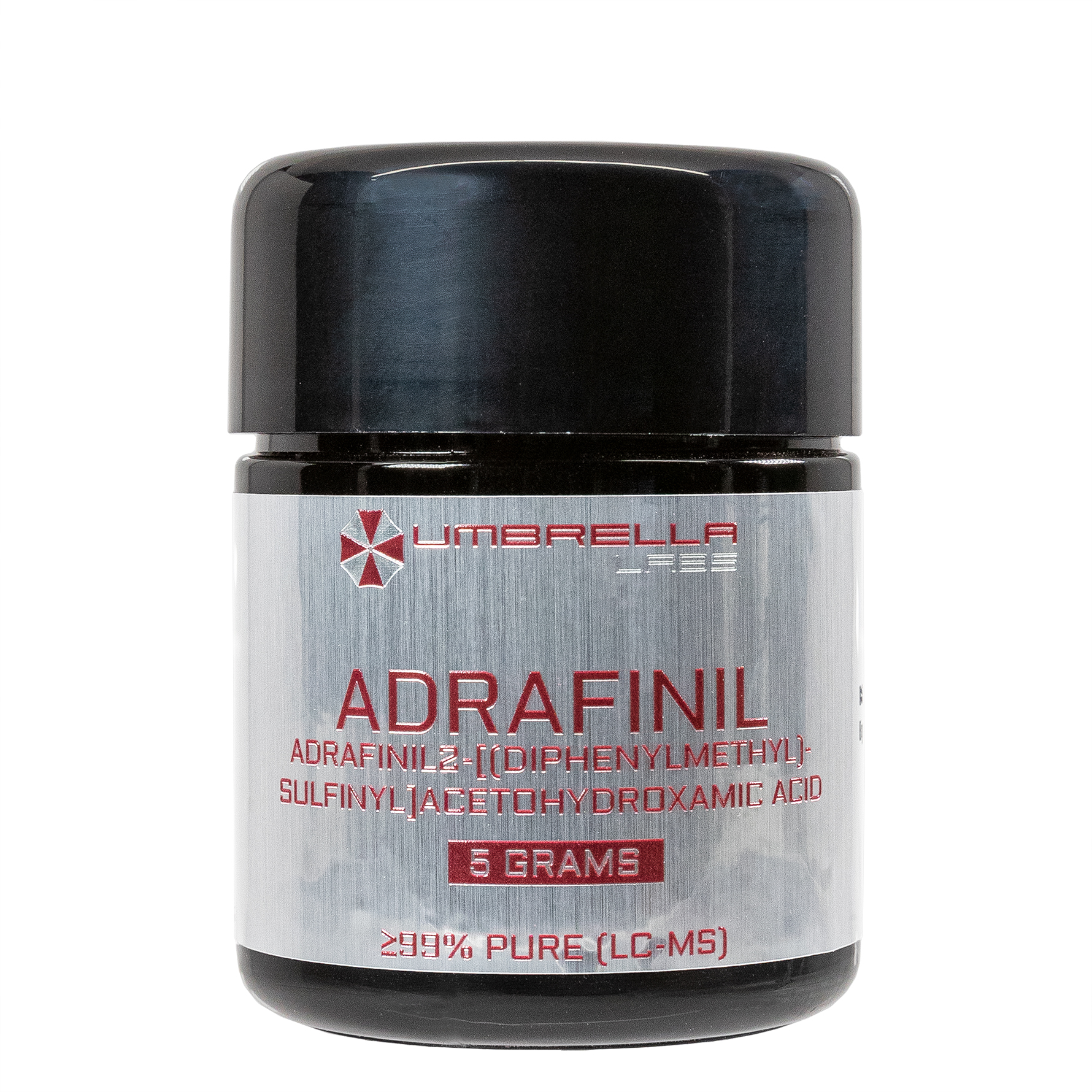


| File Name | View/Download |
| Coming Soon! |
VIEW CERTIFICATES OF ANALYSIS (COA)
Additional information
| Options |
|---|

